- Home
- Articles
- Architectural Portfolio
- Architectral Presentation
- Inspirational Stories
- Architecture News
- Visualization
- BIM Industry
- Facade Design
- Parametric Design
- Career
- Landscape Architecture
- Construction
- Artificial Intelligence
- Sketching
- Design Softwares
- Diagrams
- Writing
- Architectural Tips
- Sustainability
- Courses
- Concept
- Technology
- History & Heritage
- Future of Architecture
- Guides & How-To
- Art & Culture
- Projects
- Interior Design
- Competitions
- Jobs
- Store
- Tools
- More
- Home
- Articles
- Architectural Portfolio
- Architectral Presentation
- Inspirational Stories
- Architecture News
- Visualization
- BIM Industry
- Facade Design
- Parametric Design
- Career
- Landscape Architecture
- Construction
- Artificial Intelligence
- Sketching
- Design Softwares
- Diagrams
- Writing
- Architectural Tips
- Sustainability
- Courses
- Concept
- Technology
- History & Heritage
- Future of Architecture
- Guides & How-To
- Art & Culture
- Projects
- Interior Design
- Competitions
- Jobs
- Store
- Tools
- More
Smart Roof Care Strategies to Avoid Costly Repairs This Summer

Your roof shields your home from harsh weather, but summer heat and storms can cause severe damage if not properly maintained. Ignoring minor roof issues may lead to expensive repairs, straining your budget and causing unnecessary financial stress. Routine maintenance boosts your roof’s durability and efficiency, preventing damage and extending its lifespan.
Performing thorough inspections, reinforcing key structures, and addressing minor issues early can help you avoid extensive damage. In this article, we’ll outline maintenance strategies to keep your roof strong, ensuring long-term protection and cost savings during the summer months.
Table of Contents
ToggleConduct a Thorough Roof Inspection Before the Summer Heat Hits
A comprehensive roof inspection before summer begins helps identify potential vulnerabilities that could lead to severe damage. Examining shingles for cracks, curling, or missing pieces prevents moisture infiltration, which gradually weakens the roof’s structure and causes costly damage.
Furthermore, checking the flashing around skylights, vents, and chimneys for rust or deterioration ensures your roof remains watertight. In many cases, homeowners also rely on Residential Roof Reports to gain a clearer understanding of their roof’s condition before summer-related issues arise.
This Old House explains that skipping inspections causes costly emergency repairs, ranging from $379 to $1,755, depending on the issue’s severity. Routine inspections and minor repairs cost only $150 to $600 annually, making preventative maintenance the better choice. Unchecked sagging sections may require roof replacements, costing between $7,500 and $11,655.
What are the most common signs of roof damage homeowners overlook?
Many homeowners miss early signs of roof deterioration, leading to costly repairs. Discoloration on ceilings, mold growth in the attic, and damp insulation often indicate hidden leaks. Shingles with curling edges, cracks, or missing granules suggest wear. Blocked gutters, rusted flashing, and sagging rooflines also signal potential damage. Addressing these minor issues promptly helps prevent extensive repairs.
Clear Gutters and Downspouts for Proper Water Drainage
Keeping gutters and downspouts clear helps prevent leaks and structural damage, preserving your home’s foundation. Clogged gutters trap water, increasing risks of roof deterioration and costly foundation issues over time.
This makes proactive gutter maintenance crucial for protecting your home from costly repairs. Before summer arrives, remove accumulated debris, such as leaves and twigs, to ensure proper water flow. Clogged gutters and inadequate drainage cause significant roof damage, as stagnant water leads to leaks, mold growth, and deterioration over time.
Angi recommends that homeowners can clean their gutters themselves if they have a sturdy ladder and someone to assist for safety. However, those who prefer professional services can expect to pay around $160, with typical costs ranging from $120 to $280.
Work with a Licensed Roofing Contractor for Preventative Maintenance
Hiring a licensed roofing contractor is essential for keeping your roof in top condition. Professionals have the expertise to identify hidden damage, recommend the right materials, and ensure proper installation and repairs. They can also apply protective coatings, improve ventilation, and reinforce weak spots, all of which help your roof withstand extreme weather conditions. Regular inspections by a qualified contractor can save you from costly repairs down the road.
Let’s consider the weather conditions in Los Angeles, for instance. ClimateCheck reports that the city faces drought 66% of the time, with extreme drought occurring in 23% of weeks. Additionally, days exceeding 92.6ºF are projected to rise from 7 in 1990 to 26 by 2050. Such harsh conditions can cause roofs to dry out, crack, and deteriorate faster.

Working with a licensed roofing contractor in Los Angeles, CA ensures that your roof is properly maintained. They use materials and solutions suited for the area’s extreme heat and dry conditions. Their expertise helps extend your roof’s lifespan and protects your home from expensive weather-related damage.
What maintenance services should a roofing contractor provide before summer?
Before summer, roofing contractors should perform a full inspection, checking for damaged shingles, loose flashing, and potential leaks. They should clear gutters, assess attic ventilation, and reinforce weak areas vulnerable to heat and storms. Protective coatings and resealing roof penetrations enhance durability.
Reinforce Your Roof Against Summer Storms and High Winds
Fix loose or damaged shingles to prevent leaks and maintain a watertight roof during storms. Strengthen flashing around vents, skylights, and chimneys to prevent water leaks from heavy rain and moisture exposure.
Trim overhanging branches to prevent falling debris from damaging roofing materials or causing structural issues. If you live in high-wind areas, installing hurricane straps or additional fasteners provides extra support against storm-related damage.
For added durability and protection, consider upgrading to energy-efficient, weather-resistant metal roofing. According to Roofing Wise, this type of roofing is designed to reflect heat and withstand harsh weather conditions. After reinforcement, a thorough inspection can ensure the roof is clean, secure, and free from debris, enhancing both safety and overall home efficiency.
Fix Small Issues Early To Prevent Costly Repairs Later
Minor roof problems can quickly escalate into extensive, costly repairs if left unaddressed. Small leaks, missing shingles, and cracked flashing may seem insignificant, but they can compromise structural integrity over time.
Handling small repairs promptly ensures your roof remains in excellent condition, saving you from large-scale repair costs in the future.
HomeGuide reports minor roof repairs cost $150 to $1,000. Moderate repairs for shingles or soffits range from $1,000 to $3,000. Major structural damage costs $3,000 to $6,000+, including extensive leak or decking repairs. Emergency repairs can cost an additional $200 to $300, while annual inspections, ranging from $100 to $400, help prevent expensive problems.
Ensure Proper Roof Ventilation to Combat Summer Heat
Poor airflow can trap excessive heat, accelerating shingle deterioration and increasing cooling expenses. Keep vents unobstructed for proper airflow, which stabilizes indoor temperatures and prevents heat buildup.
Installing ridge vents, soffit vents, or attic fans improves air circulation and prevents excessive heat retention. Reflective roofing materials or specialized coatings further help minimize heat absorption and improve energy efficiency.
The US Department of Energy states supply ventilation systems work well in hot climates by pressurizing homes, reducing pollutants, and preventing back-drafting. These systems effectively filter dust and pollen while dehumidifying incoming air, improving humidity control. However, in cold climates, moisture buildup may cause mold growth and structural decay issues.
What are the best attic ventilation systems for hot climates?
Ridge vents allow rising hot air to escape, while soffit vents enable fresh air intake. Solar-powered attic fans actively expel heat, while turbine vents enhance airflow. Gable vents improve cross-ventilation, keeping attics cool. Well-designed ventilation systems regulate temperature, preventing structural damage and improving energy efficiency.
Smart Maintenance for Long-Term Protection
Investing in proactive roof maintenance helps prevent expensive repairs and extends the life of your roofing system. Regular inspections, proper drainage, and professional assessments ensure that minor issues do not evolve into costly damages. Strengthening your roof against summer storms and maintaining proper ventilation minimizes the impact of extreme weather conditions.
illustrarch is your daily dose of architecture. Leading community designed for all lovers of illustration and #drawing.
Submit your architectural projects
Follow these steps for submission your project. Submission FormLatest Posts
Best Practices for Roof Inspections and Maintenance
On most projects, the roof spends decades out of sight while carrying...
Sunny Days, Secure Roof: Simple Steps to Shield Your Home
Your home is more than just a place to live—it’s a sanctuary....
Simple and Stylish Roof Ideas for Homeowners
When designing your home, don’t overlook the roof. It’s essential for both...
Key Qualities to Look For in a Residential Roofing Contractor
Choosing a residential roofing contractor involves careful consideration. The roof is a...




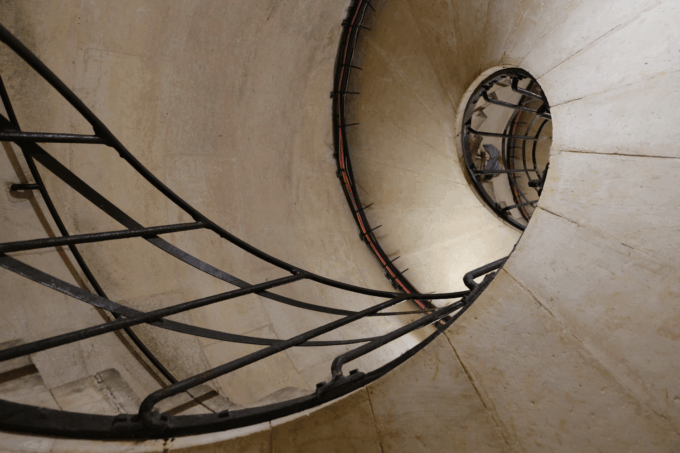



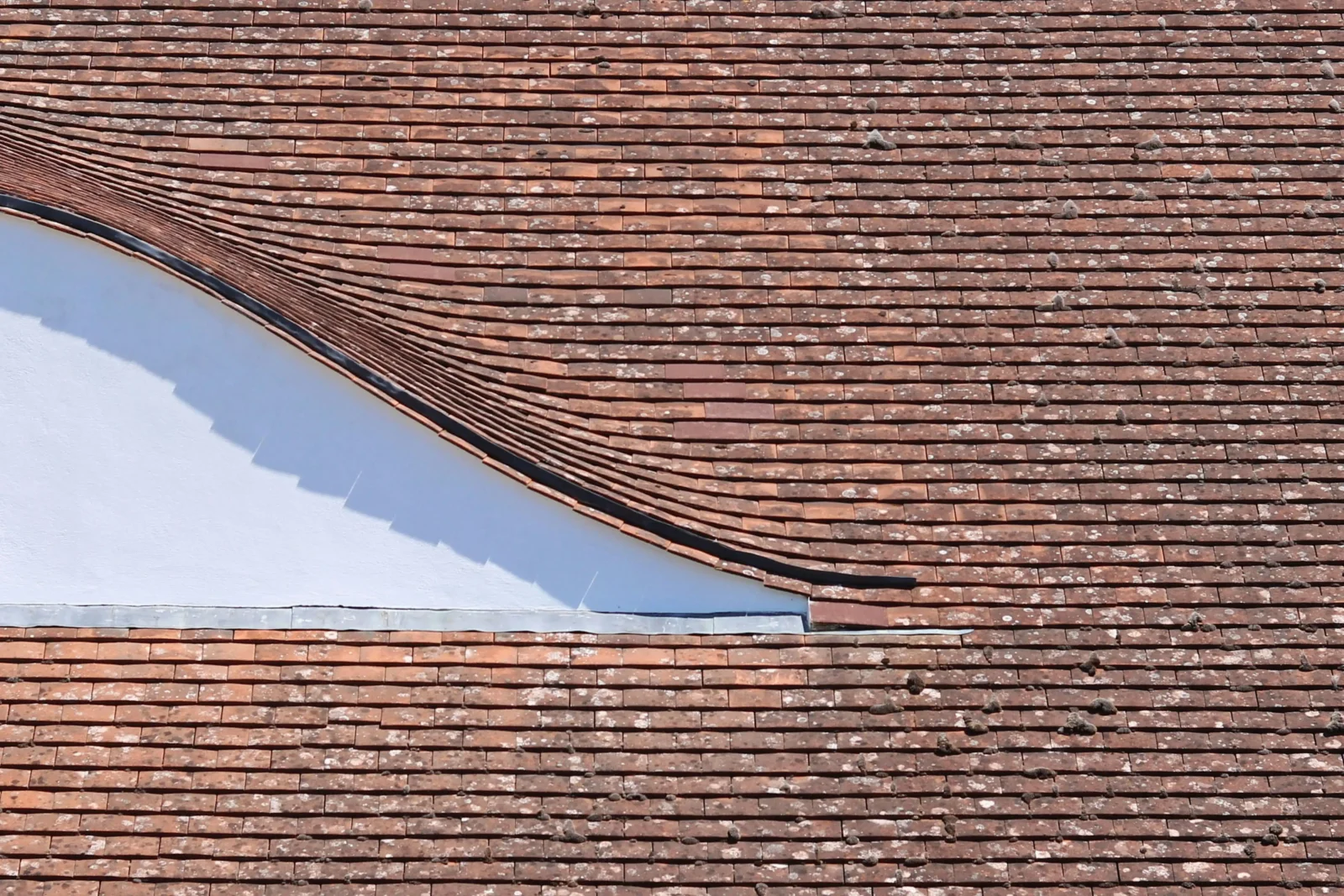
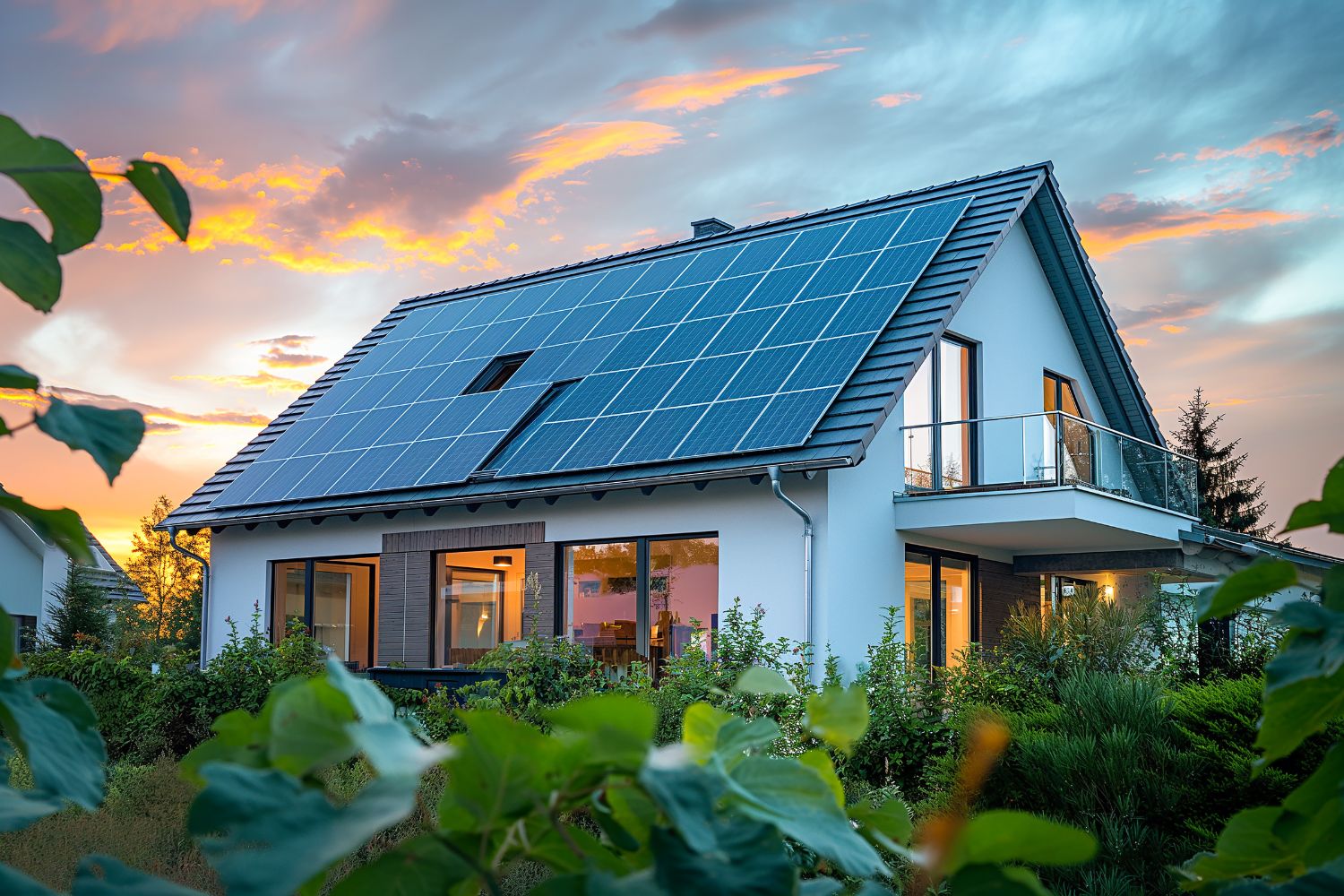
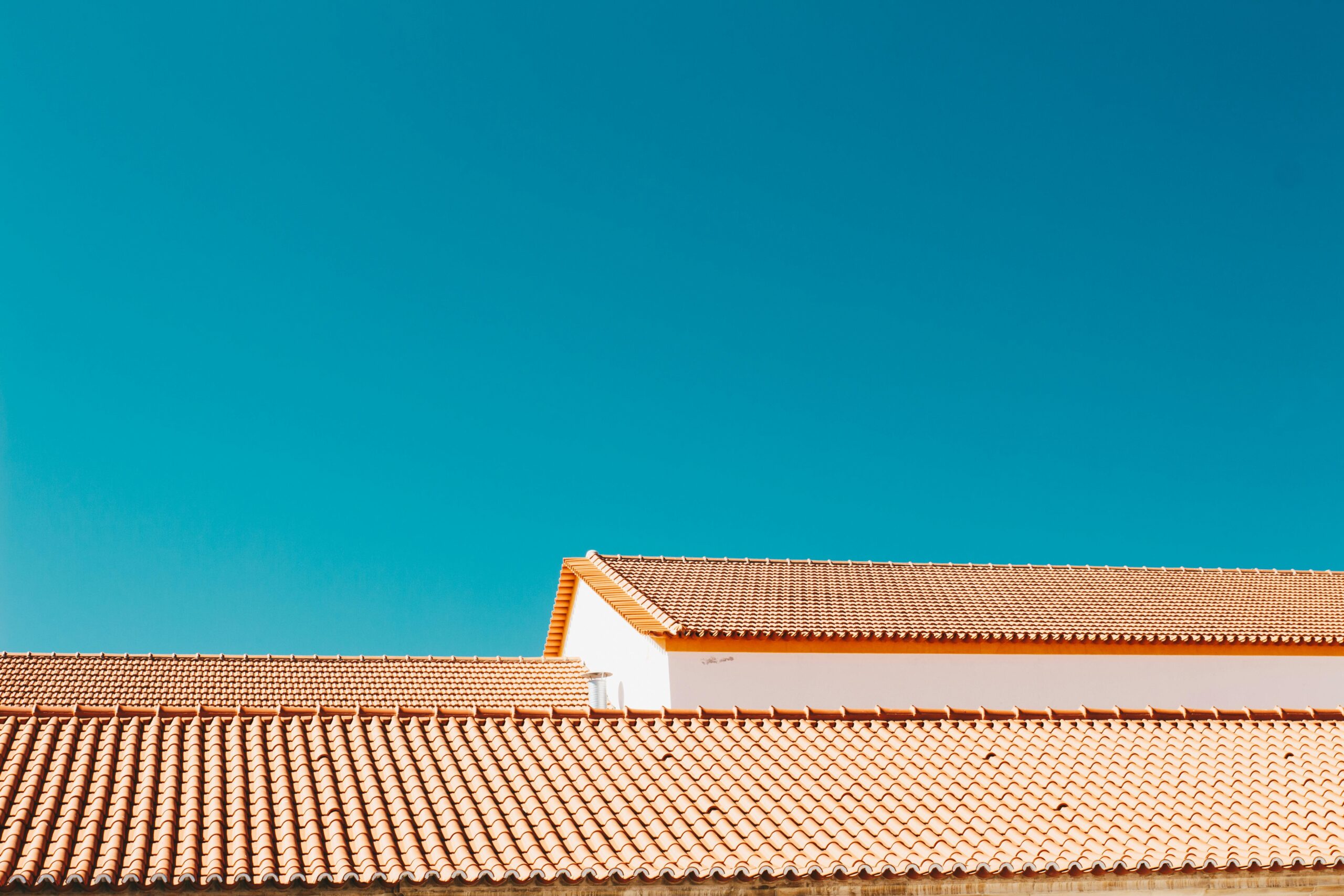
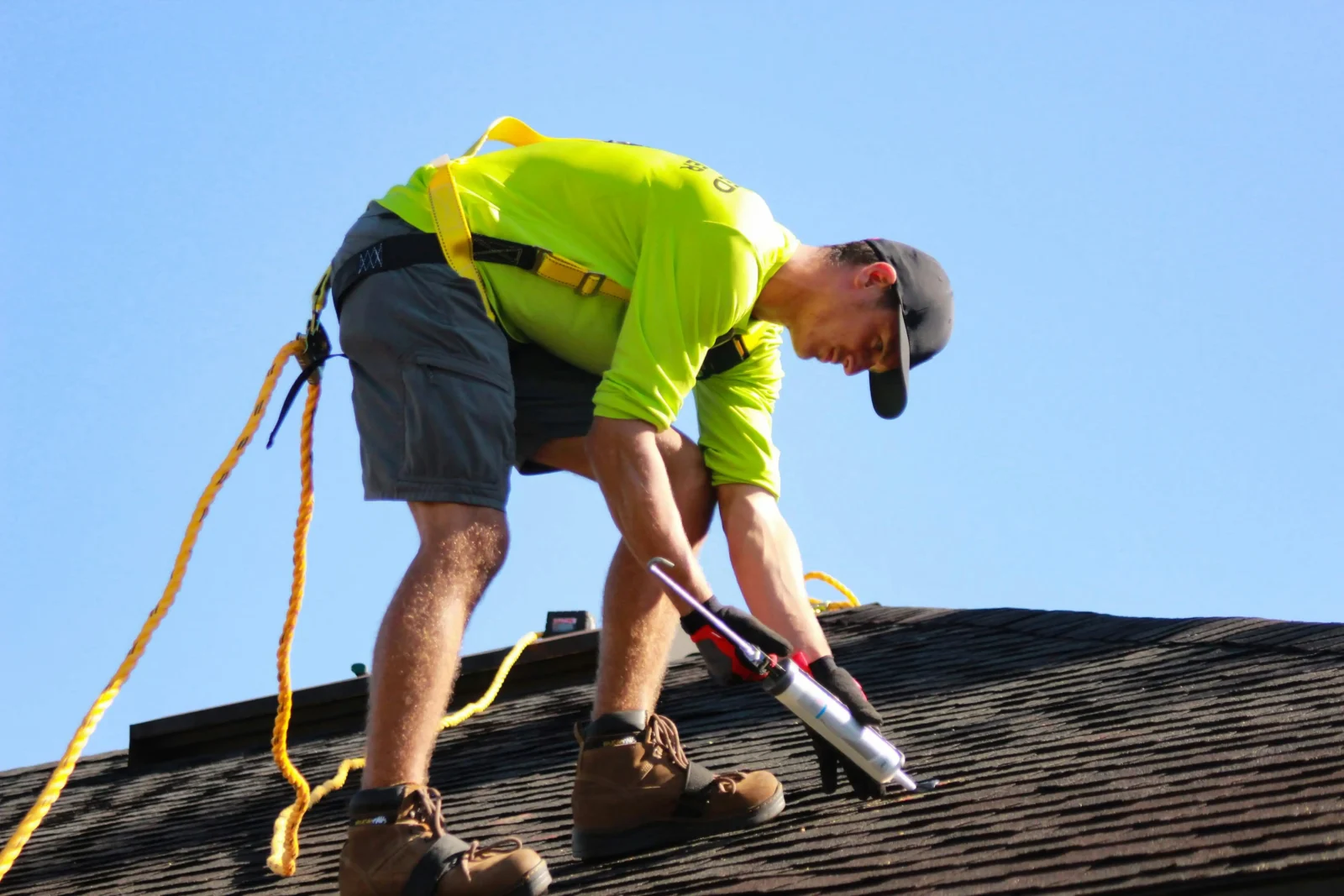
Leave a comment